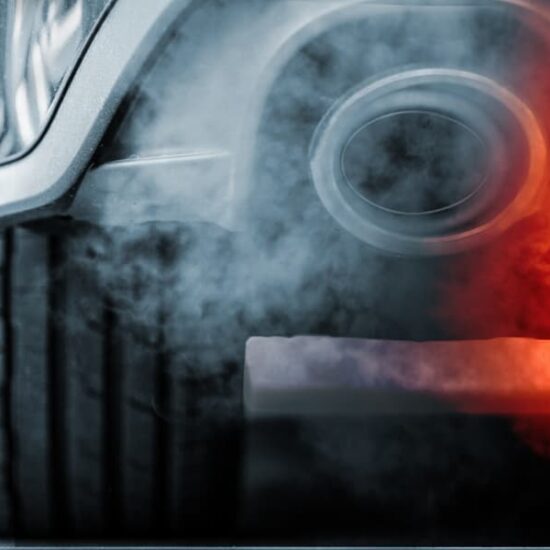The Basics of Automotive Diagnosis
The ability to diagnose a vehicle malfunction is among the most important tools in an automotive technician’s box. Effective repairs can only be completed if you first know what the trouble is. Modern technicians utilize a combination of training, advanced technology, and hands-on experience to take the guesswork out of troubleshooting. NYADI The College of Transportation Technology provides automotive training programs like automotive technology to students in Jamaica, New York. Here, we explore the basics of auto diagnostics and how our techs carry them out.
Diagnostics History
Before explaining modern auto diagnostics, it’s worth taking a look at how this technology came about. Identifying the source of a malfunction has always been an essential part of vehicle repair. Early on, however, the only method available to technicians was direct examination.
Volkswagen pioneered the first on-board diagnostics (OBD) in 1968. This groundbreaking new system would automatically scan the vehicle for problems, allowing auto technicians to locate the problem without dismantling the engine. Datsun soon followed suit, as did GM. Though invaluable for diagnostics, however, these systems were not standardized between manufacturers. Any given mechanic may have limited ability to take advantage of different variations.
In 1991, the state of California was the first to require all vehicles to have some form of on-board diagnostics. This is referred to as OBD-I. Three years later, the requirement was updated to include a standardized connector and set of test signals, as recommended by the Society of Automotive Engineers (SAE). This second iteration is referred to as OBD-II.
In 1996, OBD-II was made mandatory across the United States. Diagnostics connectors and error codes were standardized across all manufacturers, allowing technicians to apply the same tools and expertise to every make or model. Vehicle diagnostics became more approachable and more accurate.
Making Auto Diagnosis Simple
Thanks to decades of development, the first step of auto diagnosis is remarkably straightforward. The vehicle technician simply connects the scanner to the vehicle’s standardized port. They may perform a generalized scan, which covers the entire vehicle and all of its components. Or, they may select a local report for a detailed look at one specific section or sub-system.
The scanner displays an error code which corresponds to a part that is malfunctioning. Nearly any OBD resource can be used to translate the code and learn where the problem exists. The technician then applies their own expertise. Calling back to their training and experience, the technician interprets scan results and works their way to an accurate diagnosis.
Looking Forward
As much as vehicle technology has evolved over the past several decades, it continues to advance. Improved construction and new systems introduce new advantages to aid technicians – and new challenges to overcome.
Electric vehicles are increasingly popular in the modern market. These vehicles are more fuel efficient than traditional gasoline options, making them a convenient and eco-friendly option for some lifestyles. They also present a unique challenge for diagnostics. Electric systems have an entirely different structure and operation. Malfunctions require different tools to diagnose. Some vehicles, like hybrids, even use both – requiring technicians to combine multiple skills and areas of expertise.
As vehicle technology advances, however, so does repair technology. Diagnostics over Internet Protocol, or DoIP, is a tool found in newer vehicles. It provides diagnostics over Ethernet for faster, more accurate results. Technicians can even connect their laptops for access to even more advanced tools.
Why Choose NYADI?
When entering into an industry that is constantly moving forward, it’s important to choose an educator who stays up to date with the latest advancements. NYADI offers students access to contemporary technology. Students are trained in modern equipment and techniques, including both gas-powered and electric vehicles. Instructors deliver this training alongside their own wisdom and expertise learned through years of working in the industry.
In addition, NYADI believes that education should be widely accessible to anyone looking for better opportunities. We offer financial aid to students who qualify to help them with the financial component of learning and keep them focused on their studies.
We are an Ability to Benefit (ATB) Technical College, so students from all backgrounds can apply. Students without high school diplomas can earn GEDs while enrolled in our career training programs, helping them qualify for state financial aid. Finally, after graduation, our graduate career services help students find job placements – often with high-end employers – to kickstart a career they can feel proud of.
Learn Auto Diagnostics at NYADI
Does keeping up with the cutting edge of vehicle technology sound exciting to you? If so, consider a career in automotive technology. NYADI offers courses in this and other areas of transportation technology. Auto diagnostics are covered as an integral part of our programs, ensuring that students have the tools necessary to repair any vehicle make or model. To learn more about admissions at our Jamaica, NY, campus, contact a representative today.



